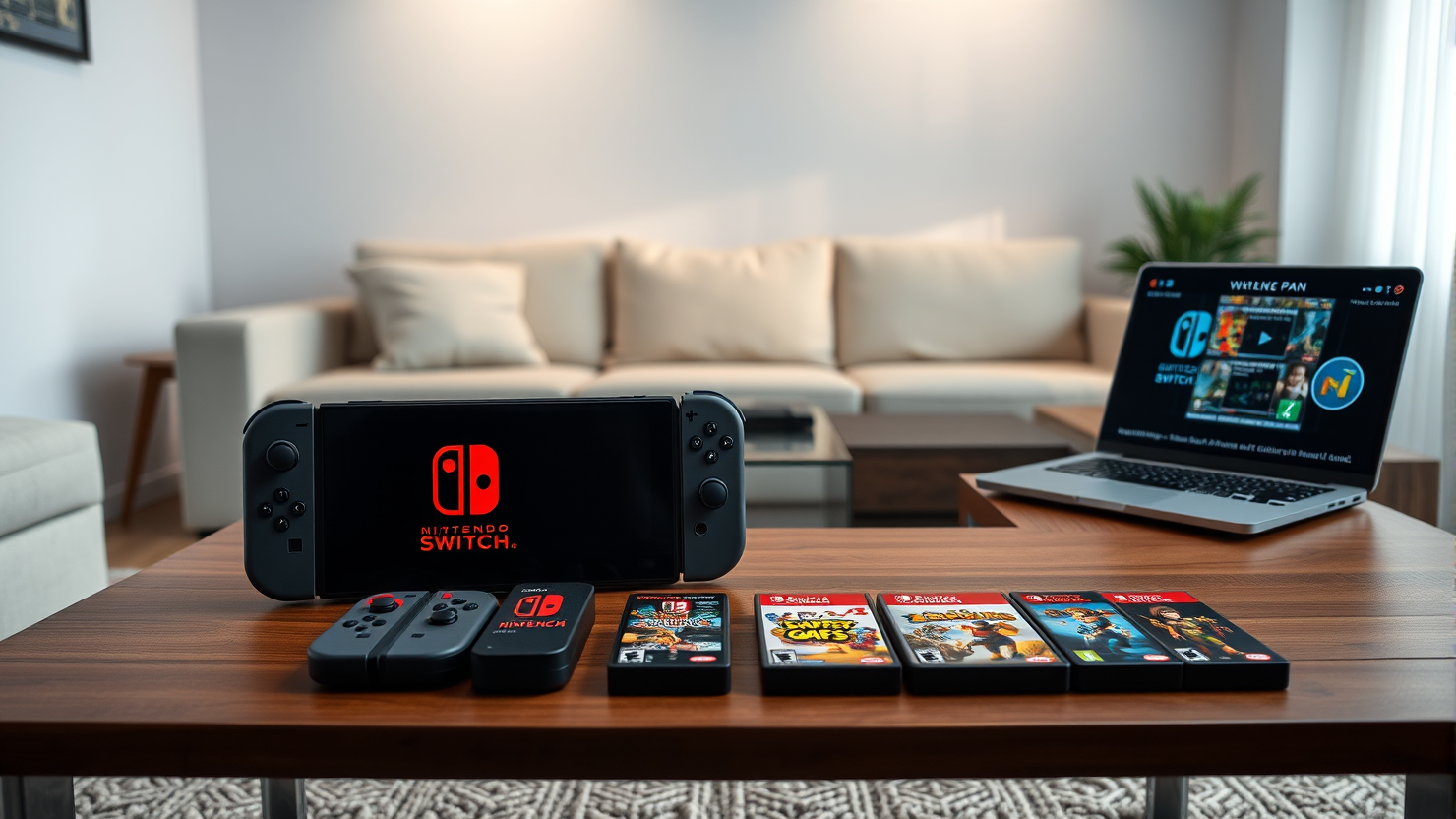OpenAI Reorganizes Model Behavior Team, Focusing on AI Personality Development and Reducing Sycophancy

The artificial intelligence research firm, OpenAI, has announced structural changes within its Model Behavior team, a group of researchers responsible for shaping the interaction between AI models and human users. According to internal communications obtained by multiple sources, this team will now be integrated into the Post Training team, a larger research division focused on enhancing the company’s AI models post-initial training.
In the August memo to employees, OpenAI’s Chief Research Officer, Mark Chen, stated that this move aims to align the work of the Model Behavior team more closely with core model development. The Model Behavior team, comprising approximately 14 researchers, will now report to Max Schwarzer, the lead of OpenAI’s Post Training division.
Joanne Jang, the founding leader of the Model Behavior team, is stepping down to launch a new research project within the company. In an interview with various media outlets, Jang revealed that she is establishing a new research unit called OAI Labs, which will focus on inventing and prototyping innovative interfaces for human-AI collaboration.
The Model Behavior team has been instrumental in defining the personality of OpenAI’s AI models and in addressing issues such as sycophancy, where AI models tend to agree with and reinforce user beliefs without offering balanced responses. The team has also worked on navigating political bias in model responses and helped shape OpenAI’s stance on artificial intelligence consciousness.
Recent months have seen increased scrutiny over the behavior of OpenAI’s AI models. Users expressed concerns about perceived personality changes in GPT-5, which OpenAI claimed exhibited lower rates of sycophancy but seemed less engaging to some users. This led to the restoration of access to some legacy models, such as GPT-4o, and the release of an update aimed at making GPT-5 responses warmer and friendlier without increasing sycophantic tendencies.
The Model Behavior team has been involved in every OpenAI model since GPT-4, including GPT-4o, GPT-4.5, and GPT-5. Prior to leading the unit, Jang worked on projects such as Dall-E 2, OpenAI’s early image-generation tool.
Jang announced her departure from the Model Behavior team last week via a post on social media, indicating that she will be starting something new at OpenAI. She has been with the company for nearly four years.
In an exclusive interview, Jang revealed that she will serve as the general manager of OAI Labs, which will initially report to Chen. However, the specific nature of these novel interfaces remains uncertain at this stage.
“I’m really excited to explore patterns that move us beyond the chat paradigm, which is currently associated more with companionship or agents where there’s an emphasis on autonomy,” said Jang. “I’ve been thinking of [AI systems] as instruments for thinking, making, playing, doing, learning, and connecting.”
When asked about potential collaborations between OAI Labs and former Apple design chief Jony Ive, who is now working with OpenAI on a range of AI hardware devices, Jang expressed openness to various ideas but noted that she would likely begin with research areas she is more familiar with.






